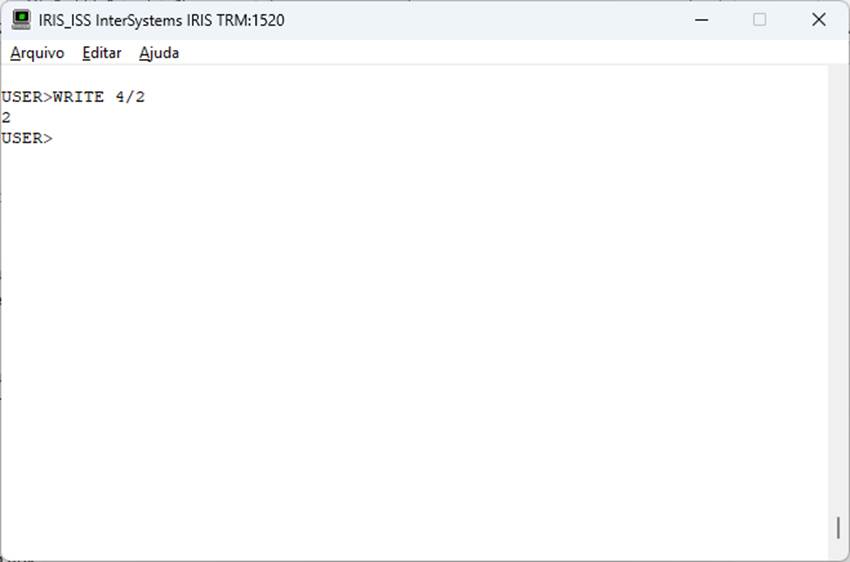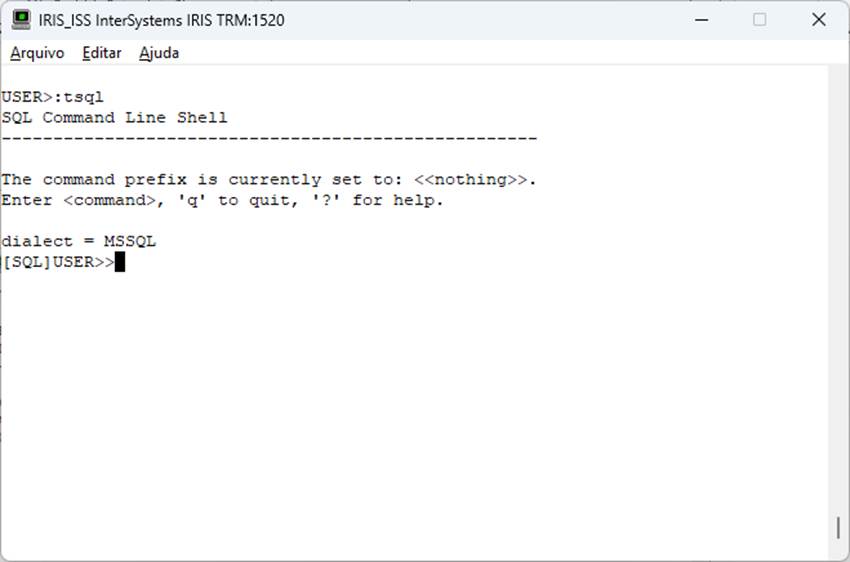As part of improvements regarding CCR usage and usability, certain transitions are now blocked when a CCR Record has undeployed ItemSets for required Environments.
To promote best practice, when a Tier 1 or Tier 2 CCR moves between Environments, it is important that ItemSets are deployed to required Environments before confirming that the CCR has successfully been implemented in the next Environment. Previously, when progressing a CCR from one Environment to the next, users were not required to deploy ItemSets before performing markMoveToXXXXComplete or markCANCELComplete transitions. Now, both of these transitions are blocked if there are Undeployed ItemSets for the next Environment(s).
There are a few important things to note with regards to this change:
- For Tier 1 CCRs only: If a user wishes to cancel a CCR, and has Undeployed ItemSets before cancelling, the behavior of CCR is as follows:
- any Undeployed ItemSets that exist before cancel is chosen are abandoned automatically (this is not new behavior, but important to note). Abandoned ItemSets do not prevent a user from performing the markCANCELComplete transition.
- new ItemSets are created for backing out changes in each effected Environment
- These new ItemSets that are created must be deployed before performing the markCANCELComplete transition.
- For Tier 2 CCRs: we do not do an automatic backout, which means that undeployed ItemSets will remain undeployed until the user cleans them up, and thus, the markCANCELComplete transition will be blocked until all undeployed ItemSets are abandoned or deployed before changing Phase or moving to Cancelled by the user to encourage best practice
These restrictions are enforced on all Secondary Environments which are set to true for "Requires ItemSets." If Environments are kept up to date another way, (e.g. DB refresh, AutoDownload Task), it must be ensured that the Requires ItemSet box is unchecked in order to prevent the new workflow check from impeding work.
Please do not hesitate to comment here with questions or reach out in your normal CCR support channels.






